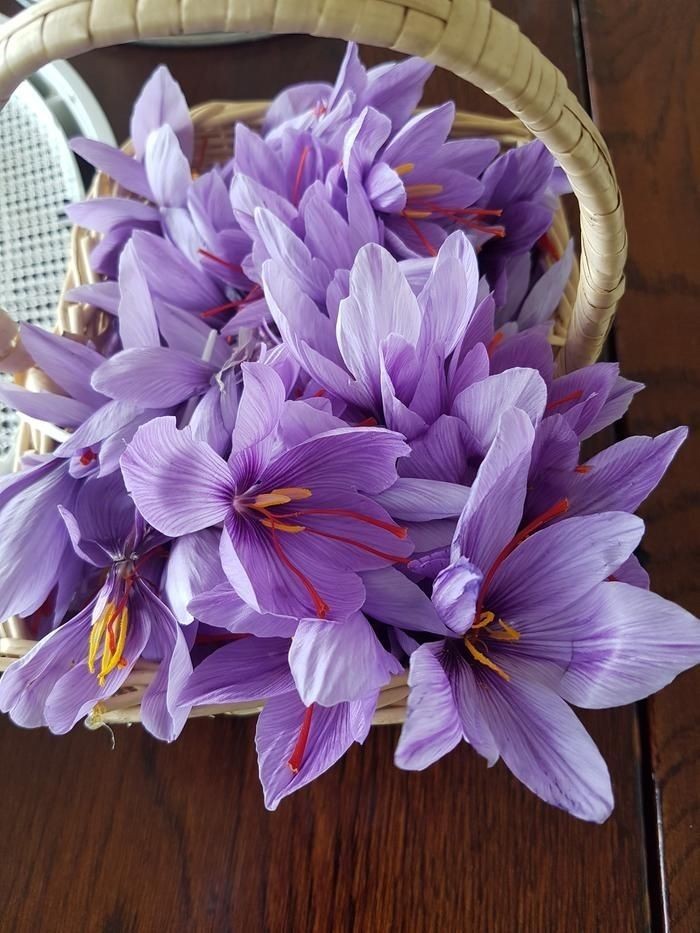Categories
The latest content
-

Customs Clearance & Import Regulations for Bulk Iranian Pinto Beans in EU, Middle East & Africa
..
-
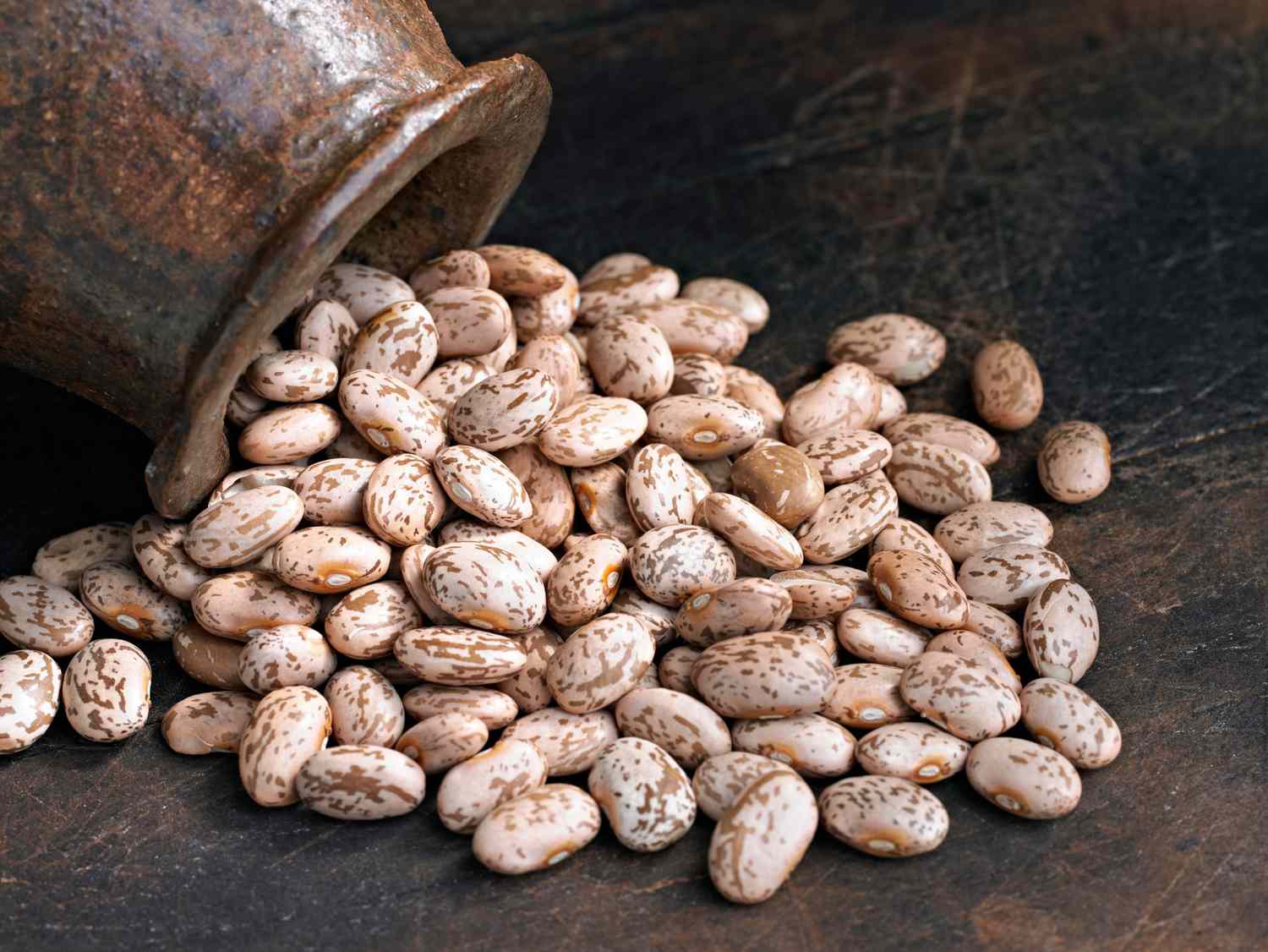
Quality Control & Laboratory Testing Standards for Iranian Pinto Beans
..
-
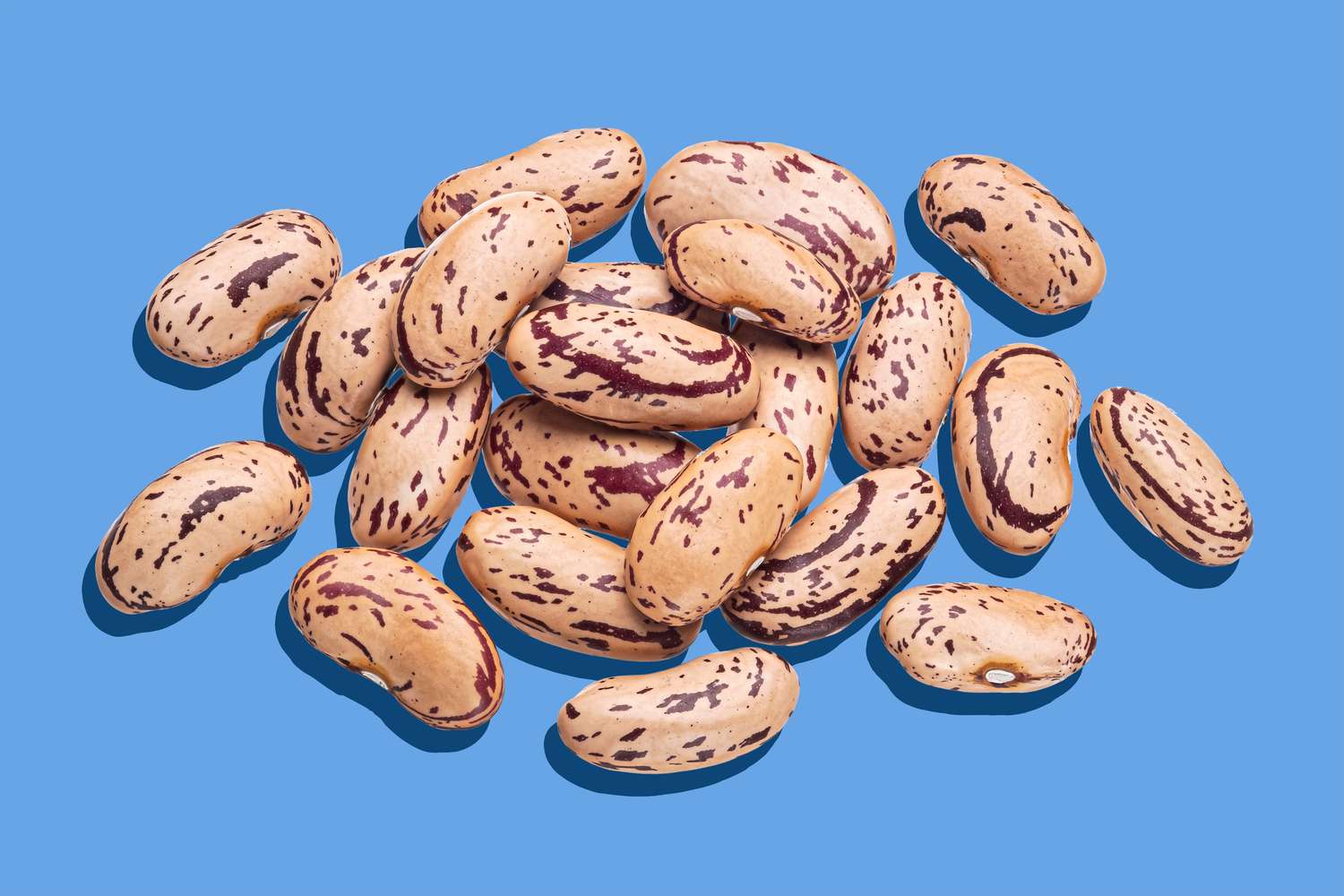
Logistics & Shipping Solutions for Bulk Iranian Pinto Bean Exports
..
-
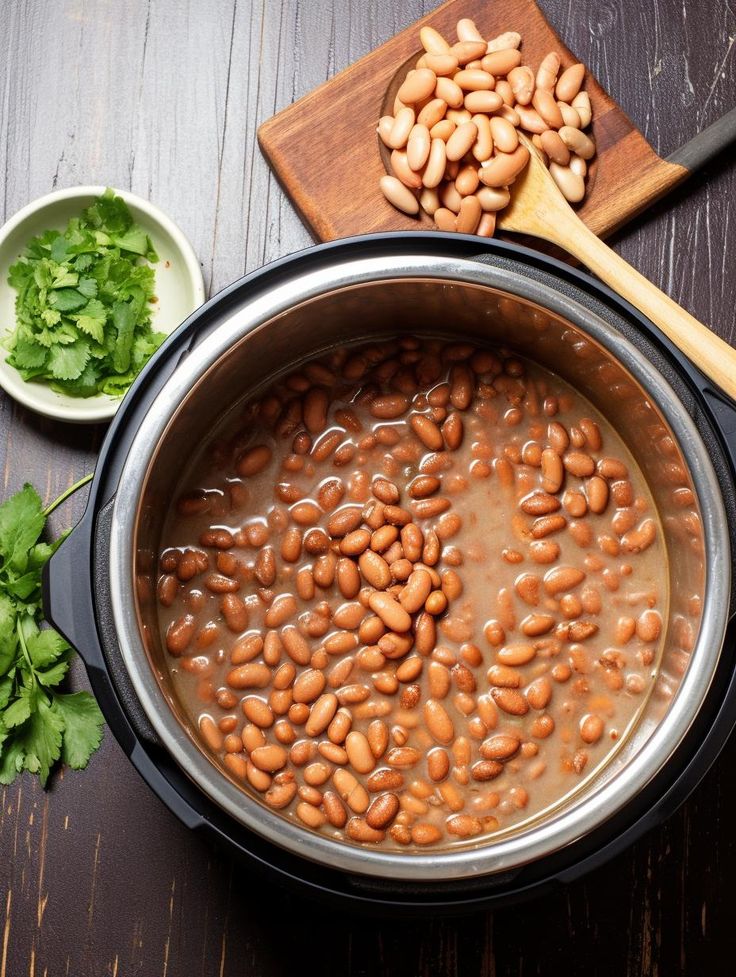
Minimum Order Quantity (MOQ) & Bulk Pricing for Iranian Pinto Bean Buyers
..
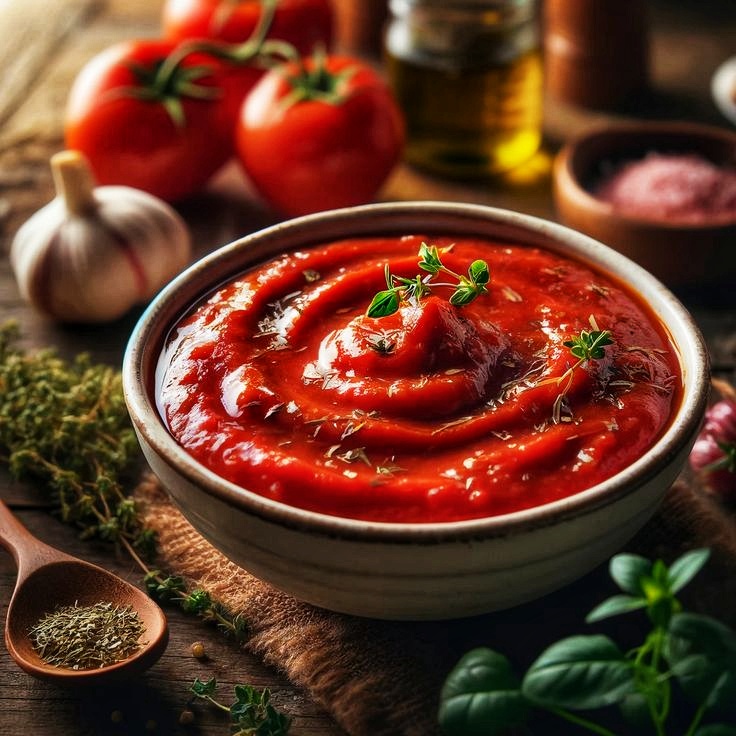
Tags
The Difference Between Iranian Tea and Sri Lankan Tea
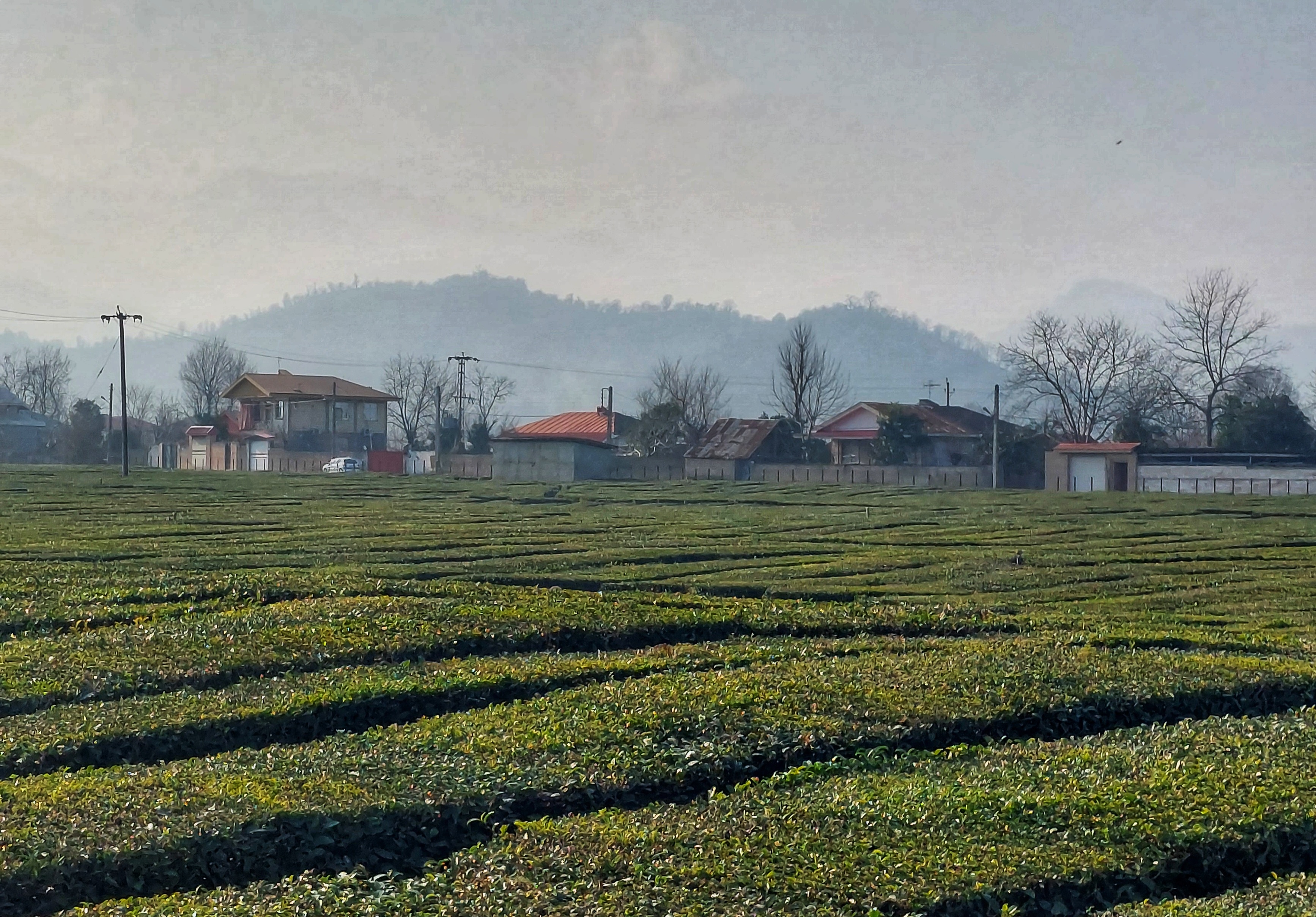
Tea is one of the most beloved beverages worldwide, with different regions producing unique varieties. Two of the most well-known types are Iranian tea and Sri Lankan tea (commonly known as Ceylon tea). While both have dedicated followers, they differ in origin, taste, production methods, and brewing techniques. In this article, we’ll explore the key differences between these two famous teas.
1. Origin & Growing Conditions
Iranian Tea
Iranian tea is primarily grown in the northern regions of Iran, particularly in Lahijan, Gilan, and Mazandaran. These regions have a cooler climate, high humidity, and fertile soil, which contribute to the tea’s natural and additive-free quality. The tea plants grow in a more organic environment without excessive chemical fertilizers or pesticides.
Sri Lankan Tea (Ceylon Tea)
Sri Lanka is one of the largest tea producers in the world, with its tea industry dating back to the 19th century. The country has multiple tea-growing regions such as Nuwara Eliya, Uva, Kandy, and Dimbula, each offering different flavors based on altitude and climate. Sri Lanka's warm tropical weather and varied elevations produce a wide range of tea profiles.
2. Taste & Aroma
Iranian Tea
• Has a mild, smooth, and slightly earthy taste.
• Naturally free from artificial additives, which gives it a delicate aroma.
• Lighter in color, typically ranging from amber to deep red when brewed.
• Leaves a soft and lingering aftertaste, making it ideal for extended drinking sessions.
Sri Lankan Tea
• Generally stronger, brisk, and full-bodied in flavor.
• Can have citrusy, malty, or floral notes, depending on the region where it’s grown.
• Darker in color, often reddish-brown when steeped.
• Produces a bold, slightly astringent finish, which is great for milk-based teas.
3. Processing Methods
Iranian Tea
• Traditionally hand-picked and processed without artificial coloring or chemicals.
• The tea undergoes a longer oxidation process, which enhances its smoothness and natural aroma.
• Iranian tea is often not pre-blended and is preferred in its pure form.
Sri Lankan Tea
• Sri Lankan tea is often processed in large-scale factories.
• Tea leaves are categorized based on their altitude and leaf size (e.g., BOP, OP, FBOP).
• Ceylon tea is frequently blended with other teas or flavored (such as Earl Grey or vanilla-infused teas).
4. Brewing & Drinking Culture
Iranian Tea
• Traditionally brewed in a samovar (a metal container that keeps tea warm).
• Usually brewed lightly and enjoyed without milk, but often served with sugar cubes or sweets.
• Drinking tea is a social and cultural practice in Iran, with tea being offered to guests as a sign of hospitality.
Sri Lankan Tea
• Brewed using the Western method (steeping tea leaves in boiling water).
• Often enjoyed with milk and sugar, especially in the UK and Commonwealth countries.
• Served in a variety of styles, including iced tea, milk tea, or spiced chai.
5. Caffeine Content & Health Benefits
Iranian Tea
• Lower in caffeine compared to Ceylon tea, making it suitable for frequent daily consumption.
• Rich in antioxidants, promoting heart health and improving digestion.
• Helps with relaxation and reducing stress due to its smooth taste.
Sri Lankan Tea
• Higher caffeine content, making it a great energy booster.
• Contains polyphenols and flavonoids, which support immune function and weight loss.
• Due to its stronger flavor, it can be more acidic and may not be ideal for sensitive stomachs.
Final Thoughts: Which Tea Should You Choose?
• If you prefer a light, smooth, and naturally pure tea, Iranian tea is the best choice. It’s perfect for relaxed drinking throughout the day.
• If you enjoy strong, bold flavors with a higher caffeine kick, Sri Lankan (Ceylon) tea is a better option, especially if you like adding milk or sugar.
Both teas offer unique experiences, so it ultimately depends on your taste preference and drinking habits. If you’re a tea enthusiast, why not try both and explore the best of each world?
Do you want to experience the authentic taste of Iranian tea? Browse our premium selection of Iranian teas and enjoy the purest flavors from the heart of Persia!



